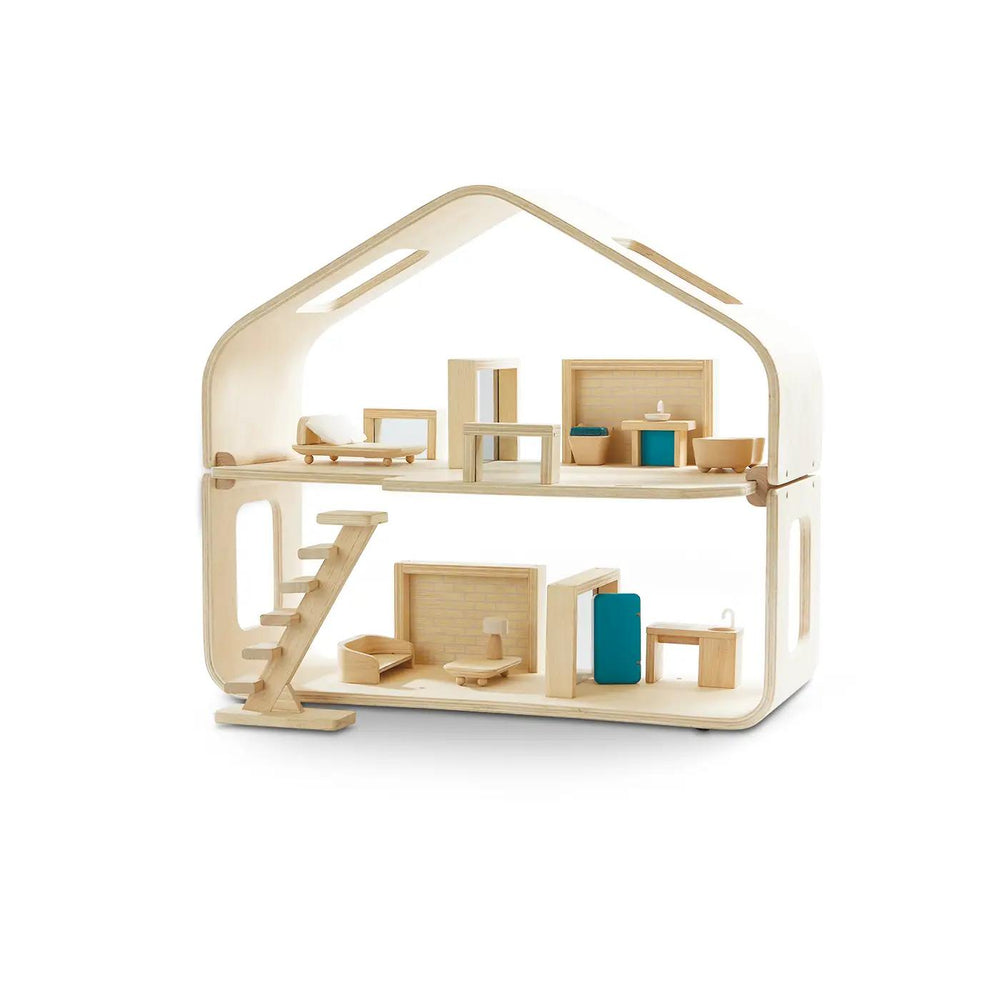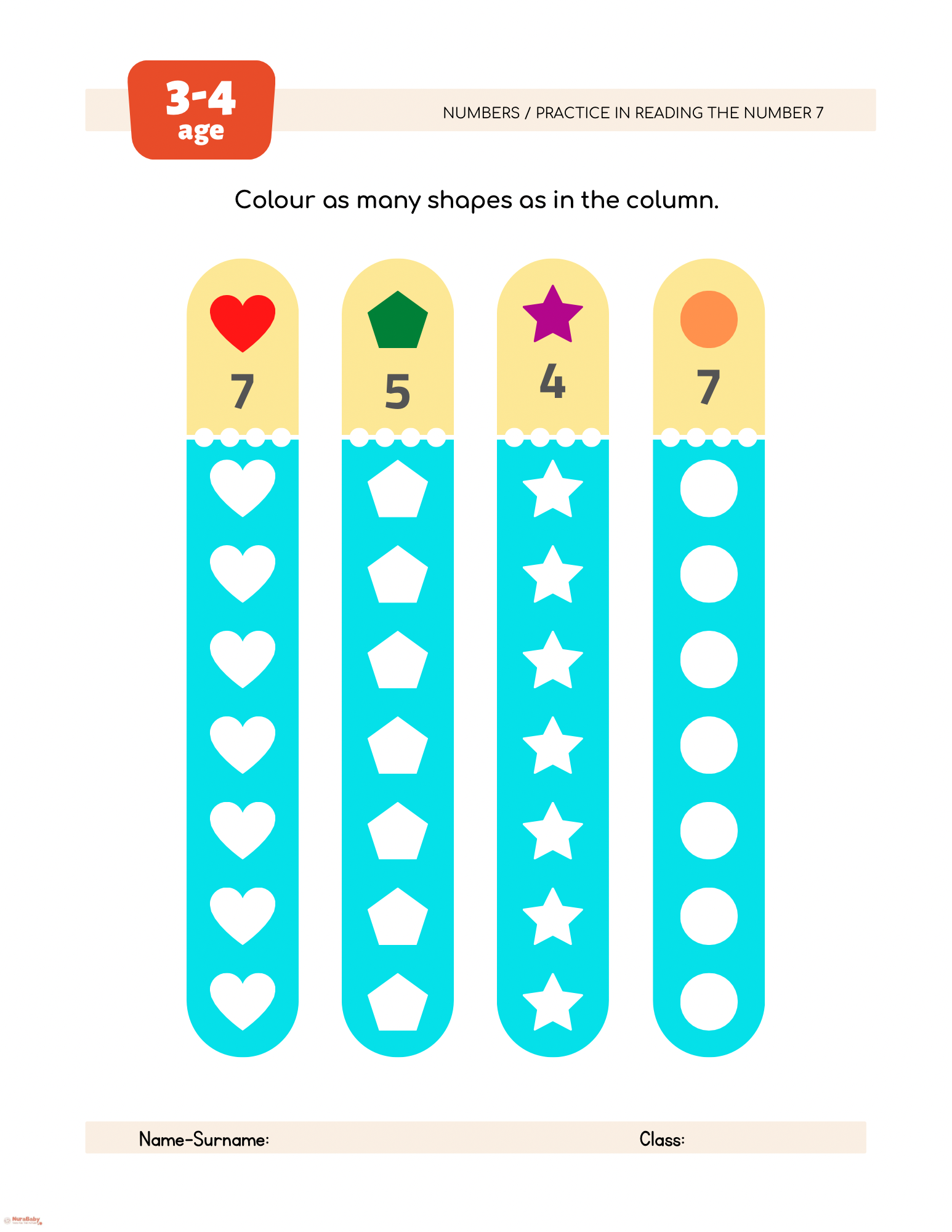Teaching beginning sounds is one of the first big steps in helping children learn to read. Recognizing the first letter in a word—and connecting it to a sound—builds the foundation for phonics, spelling, and reading comprehension.
One fun and interactive way to practice is through picture-based activities, like the worksheet shown here. Kids look at a picture, say the word aloud, and then circle the letter that matches the word’s first sound.
Why Beginning Sounds Matter
- Phonemic Awareness – Children learn to hear and isolate the first sound in a word.
- Vocabulary Growth – Pictures introduce new words and objects.
- Letter Recognition – Kids become familiar with both uppercase and lowercase forms of each letter.
How to Use This Activity
- Say It Out Loud – Point to the picture and have your child say the word slowly.
- Emphasize the First Sound – Repeat the beginning sound (“Dog – /d/”).
- Find the Matching Letter – Circle or color the letter that makes the sound.
- Reinforce with Play – Find other objects in the room or around the house that start with the same letter.
Sample Answers for This Worksheet
- Dog – D
- Fries – F
- Helicopter – H
- Scissors – S
- Ball – B
- Leaf – L
- Ant – A
- Carrot – C
- Egg – E
Extra Learning Ideas
- Sound Hunt: Pick a letter and have your child find three objects in the house that start with that sound.
- Art Connection: Draw a picture of something starting with the chosen letter.
- Story Time: Read a short book and point out words with the target beginning sound.
By making phonics practice engaging and playful, children are more likely to stay motivated and excited to learn. With a little creativity, beginning sounds can be the start of a lifelong love of reading.




